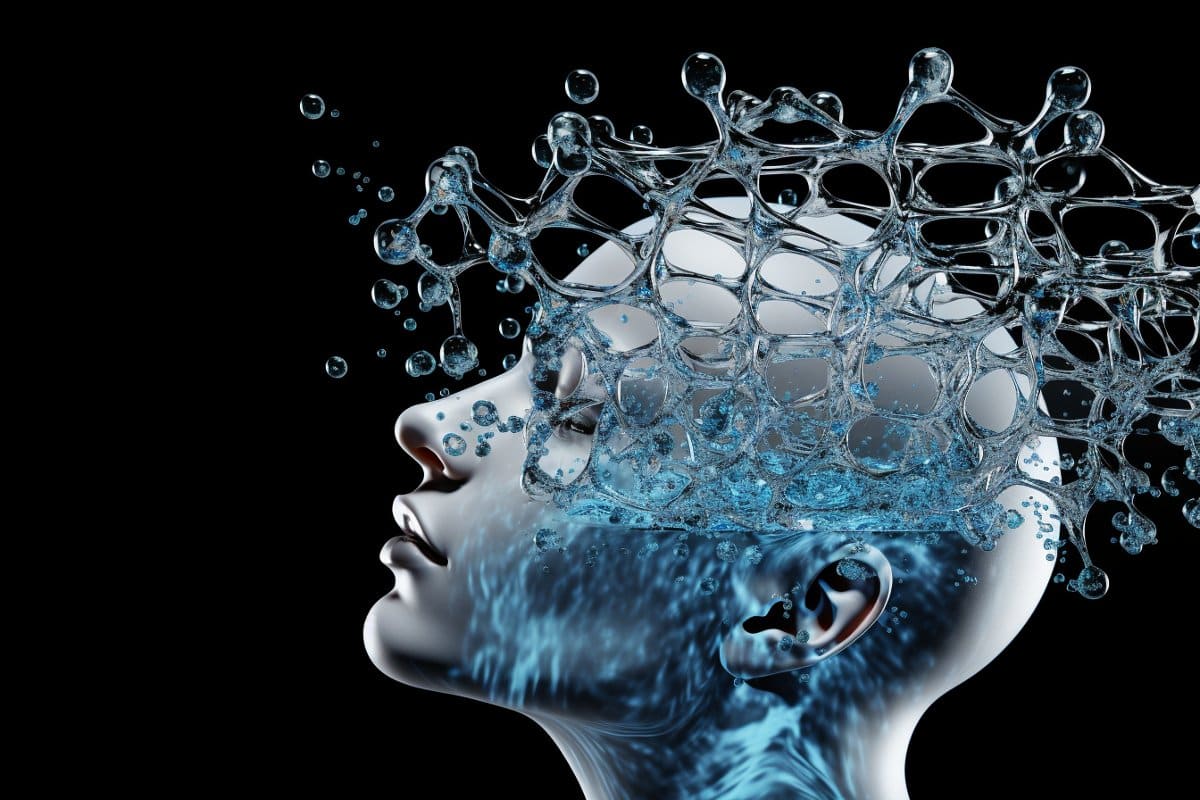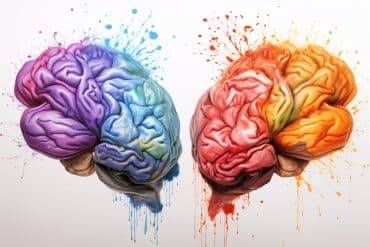Summary: Researchers made a significant breakthrough in understanding how the brain regulates thirst and salt appetite. Their study utilized optogenetic and chemogenetic techniques on mice to explore the parabrachial nucleus (PBN), a key brain region in processing ingestion signals.
They identified two specific neuron populations in the lateral PBN that respond to water and salt intake, revealing how these neurons help modulate consumption behavior and prevent excessive intake. This research provides crucial insights into brain mechanisms controlling fluid balance and related disorders.
Key Facts:
- Two distinct neuron populations in the lateral PBN respond to water and salt intake, regulating thirst and salt appetite.
- Optogenetic activation of these neurons reduces water and salt consumption, even in deprived conditions.
- The findings offer significant insights into neurological control of fluid intake and have implications for understanding disorders caused by excessive water and salt consumption.
Source: Tokyo Institute of Technology
Staying hydrated and consuming appropriate amounts of salt is essential for the survival of terrestrial animals, including humans. The human brain has several regions constituting neural circuits that regulate thirst and salt appetite, in intriguing ways.
Previous studies suggested that water or salt ingestion quickly suppresses thirst and salt appetite before the digestive system absorbs the ingested substances, indicating the presence of sensing and feedback mechanisms in digestive organs that help real-time thirst and salt appetite modulation in response to drinking and feeding. Unfortunately, despite extensive research on this subject, the details of these underlying mechanisms remained elusive.

To shed light on this matter, a research team from Japan has recently conducted an in-depth study on the parabrachial nucleus (PBN), the brain’s relay center for ingestion signals coming from digestive organs.
Their latest paper, whose first author is Assistant Professor Takashi Matsuda from Tokyo Institute of Technology, was published in Cell Reports on January 23, 2024.
The researchers conducted a series of in vivo experiments using genetically engineered mice. They introduced optogenetic (and chemogenetic) modifications and in vivo calcium imaging techniques into these mice, enabling them to visualize and control the activation or inhibition of specific neurons in the lateral PBN (LPBN) using light (and chemicals).
During the experiments, the researchers offered the mice—either in regular or water- or salt-depleted conditions—water and/or salt water, and monitored neural activities along with the corresponding drinking behaviors.
In this way, the team identified two distinct subpopulations of cholecystokinin mRNA-positive neurons in the LPBN, which underwent activation during water and salt intake. The neuronal population that responds to water intake projects from the LPBN to the median preoptic nucleus (MnPO), whereas the one that responds to salt intake projects to the ventral bed nucleus of the stria terminalis (vBNST).
Interestingly, if the researchers artificially activated these neuronal populations through optogenetic (genetic control using light) experiments, the mice drank substantially less water and ingested less salt, even if they were previously water- or salt-deprived. Similarly, when the researchers chemically inhibited these neurons, the mice consumed more water and salt than usual.
Therefore, these neuronal populations in the LPBN are involved in feedback mechanisms that reduce thirst and salt appetite upon water or salt ingestion, possibly helping prevent excessive water or salt intake.
These results, alongside their previous neurological studies, also reveal that MnPO and vBNST are the control centers for thirst and salt appetite, integrating promotion and suppression signals from several other brain regions.
“Understanding brain mechanisms controlling water and salt intake behaviors is not only a significant discovery in the fields of neuroscience and physiology, but also contributes valuable insights to understand the mechanisms underlying diseases induced by excessive water and salt intake, such as water intoxication, polydipsia, and salt-sensitive hypertension,” remarks Dr. Matsuda.
Prof. Noda mentions, “Many neural mechanisms governing fluid homeostasis remain undiscovered. We still need to unravel how the signals for inducing and suppressing water and salt intake, accumulated in the MnPO and vBNST, are integrated and function to control intake behaviors.”
About this neuroscience research news
Author: Reiko Hattori
Source: Tokyo Institute of Technology
Contact: Reiko Hattori – Tokyo Institute of Technology
Image: The image is credited to Neuroscience News
Original Research: Open access.
“Two parabrachial Cck neurons involved in the feedback control of thirst or salt appetite” by Takashi Matsuda et al. Cell Press
Abstract
Two parabrachial Cck neurons involved in the feedback control of thirst or salt appetite
Highlights
- Thirst and salt appetite are temporarily suppressed after water and salt ingestion, respectively
- Two distinct subpopulations of LPBN Cck neurons are activated by water or salt ingestion
- One population stimulates GABA neurons in the MnPO and the other those in the vBNST
- These two pathways are involved in the suppression of thirst or salt appetite
Summary
Thirst and salt appetite are temporarily suppressed after water and salt ingestion, respectively, before absorption; however, the underlying neural mechanisms remain unclear. The parabrachial nucleus (PBN) is the relay center of ingestion signals from the digestive organs.
We herein identify two distinct neuronal populations expressing cholecystokinin (Cck) mRNA in the lateral PBN that are activated in response to water and salt intake, respectively. The two Cck neurons in the dorsal-lateral compartment of the PBN project to the median preoptic nucleus and ventral part of the bed nucleus of the stria terminalis, respectively.
The optogenetic stimulation of respective Cck neurons suppresses thirst or salt appetite under water- or salt-depleted conditions. The combination of optogenetics and in vivo Ca2+ imaging during ingestion reveals that both Cck neurons control GABAergic neurons in their target nuclei.
These findings provide the feedback mechanisms for the suppression of thirst and salt appetite after ingestion.






